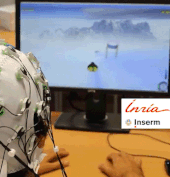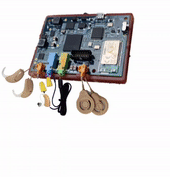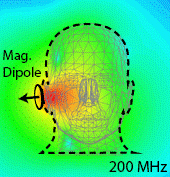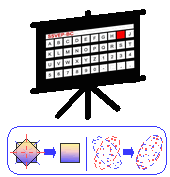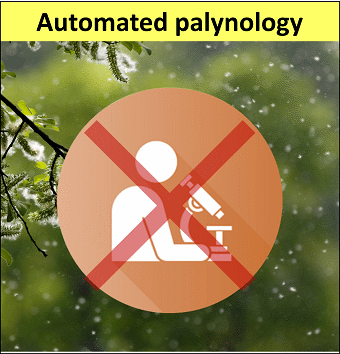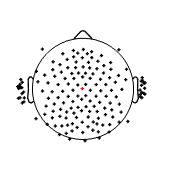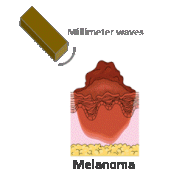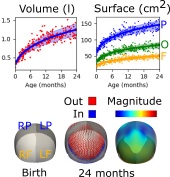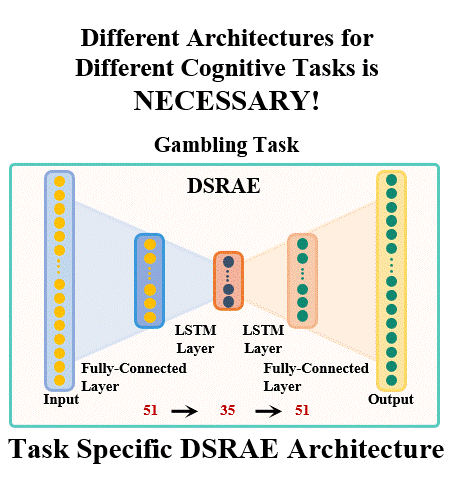Towards Identifying Optimal Biased Feedback for Various User States and Traits in Motor Imagery BCI
https://www.embs.org/tbme/wp-content/uploads/sites/19/2022/02/TBME-00273-2021-Highlight-Image-1.gif-1.gif
170
177
IEEE Transactions on Biomedical Engineering (TBME)
//www.embs.org/tbme/wp-content/uploads/sites/19/2022/06/ieee-tbme-logo2x.png
This work aims to prescribe biased feedback optimal for user’s psychological factors in order to increase performance and learning of a motor imagery brain-computer interface (MI-BCI). For instance, presenting negative biased feedback to a user in a low workload state can substantially increase performance, while positive bias is generally detrimental for short-term learning. We present a novel method to continuously alter the visual feedback bias in real-time of an immersive video-game, revealing the potential of an adaptive bias across sessions. This paper can serve as a guideline to tailor feedback bias to each MI-BCI user.
read more

